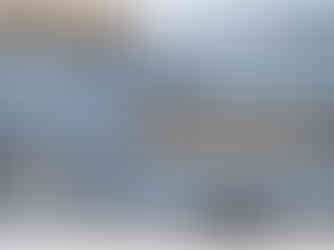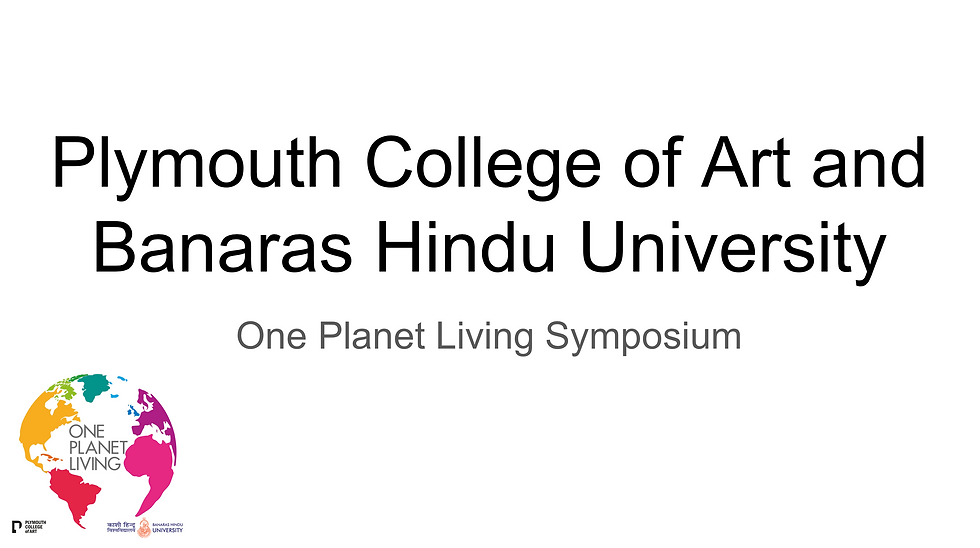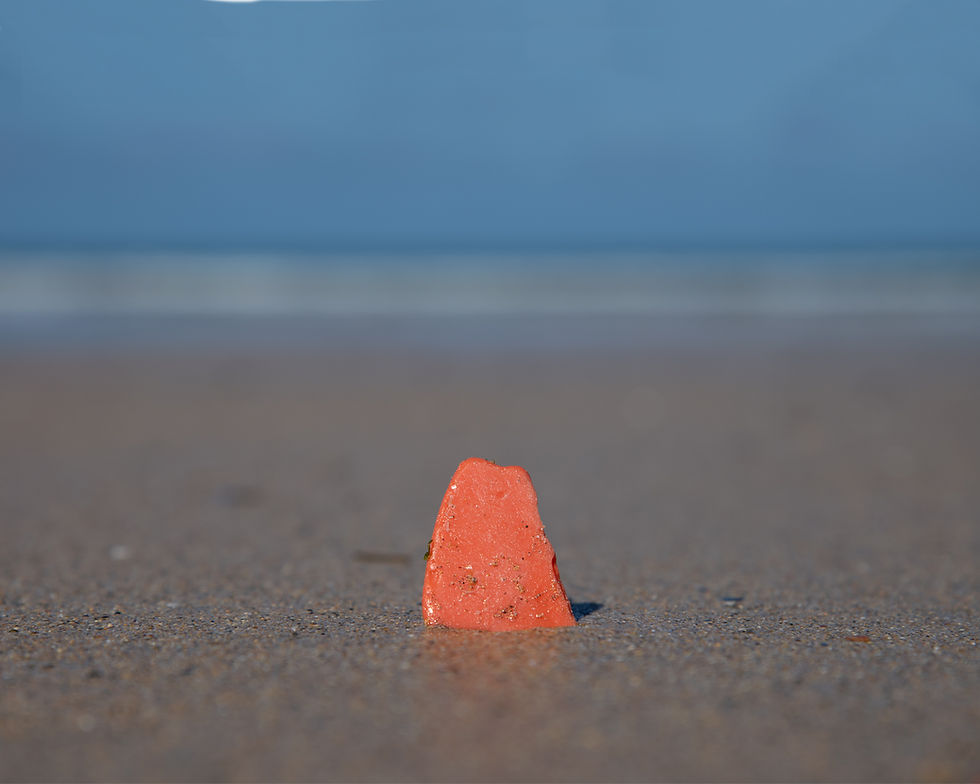Land and Nature - First Shoot
- hannahcranshaw
- Mar 27, 2019
- 3 min read
Updated: May 6, 2019
Both = Normal Kat = Bold Hannah = Italics

On 26th March Kat and I took our first shoot based around the idea of plastic on beaches. Land and Nature is about ‘protecting and restoring land for the benefit of people and wildlife’. Our way to show that is by photographing beach clean ups but we need to get some before images to show the extent of the problem. We travelled to Newquay beach first, once arriving we searched for evidence of plastic. Our first spot was pieces of rope right on the sealine. It wasn’t until moving towards the back of the beach that we found bigger pieces of plastic. We photographed some where we found them, others we collected and placed into a pile before photographing in order to make more of an impact. After our first successful shoot we moved onto Fistral beach. Before we even stepped foot on the beach I noticed a litter pick up sign encouraging people to do a 2 minute litter pick up to help them keep the beach clean.

We decided to take a bag and the pick and dispose of any litter we did find. After walking along the beach we discovered the beach was clearly well looked after as we only found on old fishing net which had washed up. We returned the pick up stick having felt we had achieved some successful images from Newquay Beach front, headed home.
Hannah's Images
I took inspiration from the way Andy Hughes photographed the plastic he found in his Dominant Wave Theory project. He made the images look interesting by only focusing on one piece of rubbish at a time and photographing them using a crisp, shallow depth of field. This effect causing the background to be blurred.
This method makes the plastic stand out and create a more of an impact on the viewer. By creating this impact it’s more likely the viewer will remember that piece of work. I wanted to focus on photographing smaller pieces of plastic as they are becoming more of a problem. There is so much rubbish in our oceans and it is getting broken up into smaller and smaller pieces that are harder for us to clean up. This then makes it easier for it to be swallowed by animals. It is micro plastics that are the key problem but we do not have the equipment to photograph these. However the pieces I have photographed are still causing damage. They were originally parts of larger objects but over time have broken up into smaller which makes them more likely to go unnoticed and ignored by passers by.
Kat's Images

I was also inspired by Andy Hughs for this shoot, in several of his images he photographs the plastic with the horizon in the background so that's what I tried to achieve in my images. To get this effect I had to almost place my camera on the sand, as it was wet I opted for hovering it just above the ground.
I did manipulate the environment slightly by moving some of the plastic closer to the water in order to be able to get the horizon in the background. For the other shots I photographed the plastic where I found it.
To create a photo timeline my work needs to show some progression in the shoots so for this one I wanted to photograph the plastic alone. That lack of human presence symbolises how for years we haven't taken responsibility for the damage we have caused so this is the result. In the next shoot I will focus on the action of clearing our beaches of litter. We of course disposed of all the plastic we photographed but next time we need to make sure we take along a bin bag so we can collect more.
Our next step is to email the people who are hosting the up and coming beach cleans to see if we are able to photograph the event as well as take part. I think it will be good to show the process and the community of people who come together to try and protect our beaches. If we are not able to photograph any we will still take part, so we can experience the process and do our bit. We will just have to go to more beaches with friends that are willing to be photographed and recreate a beach clean.






Comments